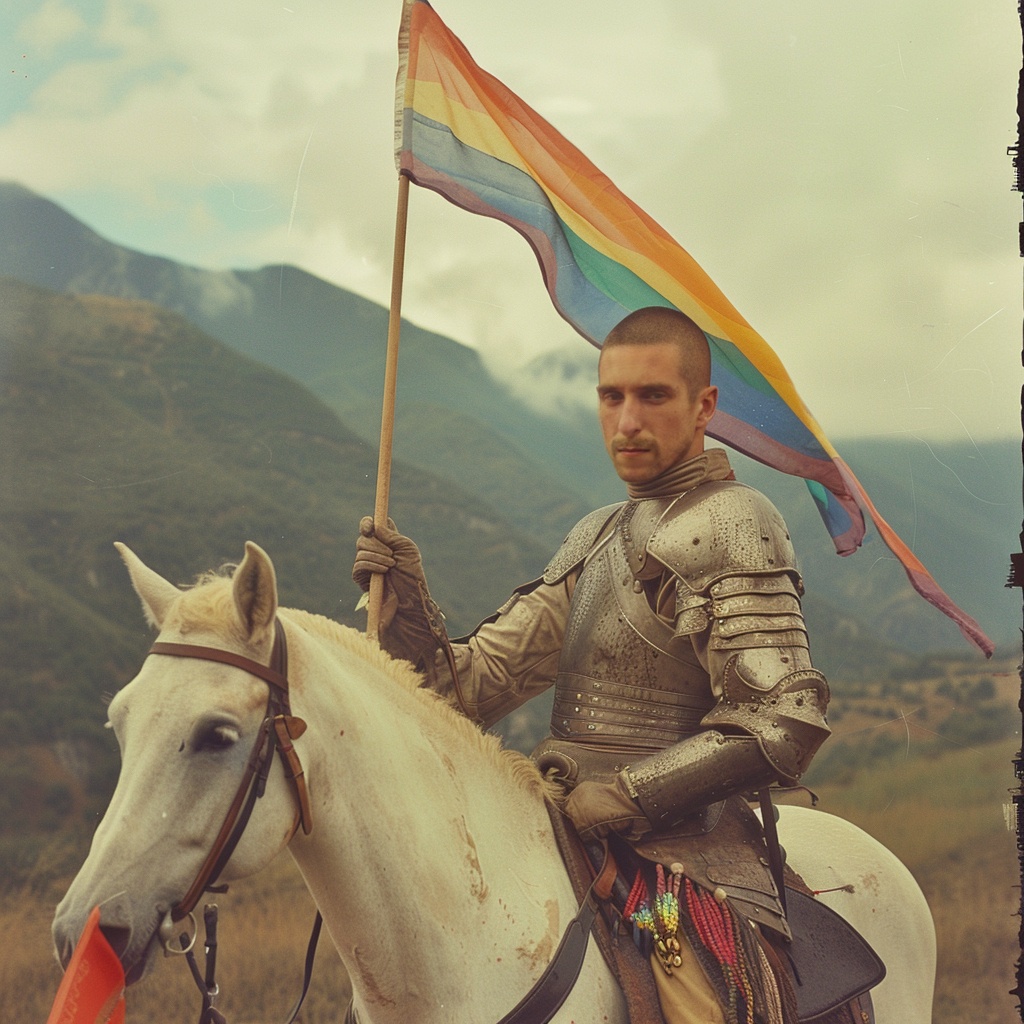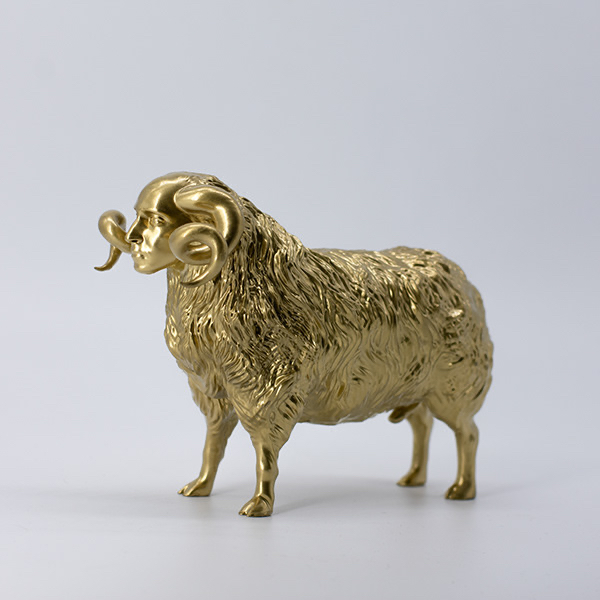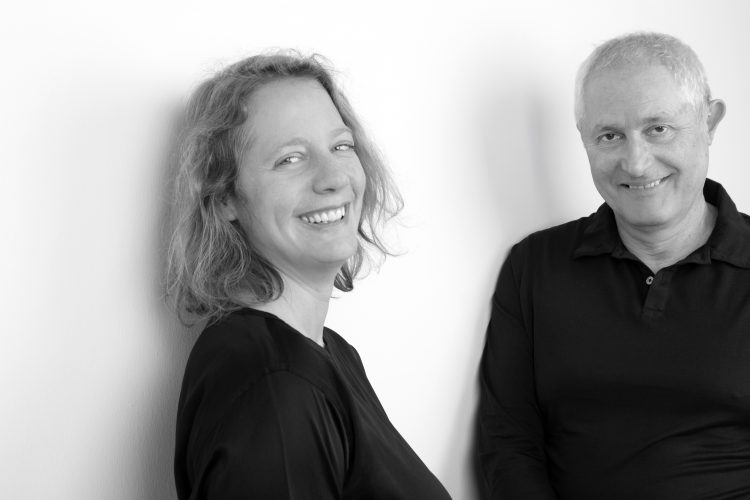
The Knight at the Crossroads
Claus Michaletz Preis & KVOST Stipendium 2025
As part of Berlin Art Week, KVOST presents Georgian artist David Apakidze (*1998). Apakidze is this year’s KVOST grant holder and recipient of the 2025 Claus Michaletz Prize. The exhibition is part of the “Featured” section of Berlin Art Week.
Nathalie Hoyos and Rainald Schumacher from Office for Art and independent curators, spoke with David Akapidze on the occasion of the award ceremony and exhibition opening.
The Queer Knight of Georgia
Tell us about your exhibition at KVOST. What are you showing here?
The exhibition The Knight at the Crossroads is dedicated to my friends and girlfriends who have left Georgia, as well as those who are still living there. In recent years, due to the political situation, the emigration of queer people from Georgia to Western countries has grown significantly. Sometimes, when I look at old pictures from 2019–2020 of the queer community, it’s just me and one other person left. All the others are elsewhere, living as refugees. They can’t really come back to their country of origin – so there is this feeling of having lost something.
Somehow, in Georgia, those people who are not leaving for political reasons seem like anti-heroes—either because they’re “not brave enough” to leave their country or because they’re too scared. But for me, they are heroes. In Greek mythology, if you want to become a hero, you must leave home, go on an adventure, fight giants, resist chimeras, and face other challenges. There’s this whole traditional hero’s journey.

So, I want to present the queer emigrant—someone very vulnerable. But for me, there’s also that very brave person who can’t leave their place of origin. For me, it would be a very complicated thing to do, because I’m very attached to the place I was born. I’m trying to explore that ambiguity.
For this exhibition, I mainly work with stained glass. I started working with stained glass a year and a half ago, and it became my passion. I like doing something with my hands – it’s very meditative. It also helped me fight my inadequacies. It’s very technical work; you have to go deep into the process. It feels as artistic as it is artisanal. You need to be technically skilled and physically engaged. Melting the materials – sometimes it smells terrible. It’s a whole process that’s really challenging for me.
Where do you get the stained glass from? Are you buying it, or finding it?
I get it from Germany and Turkey, because in Georgia we don’t have a tradition of glass connected to churches or other spiritual buildings. We don’t have stained glass at all – it’s not part of Orthodox iconography. It’s not a common thing. During the Soviet Union, we had some glass factories, but it wasn’t really an authentic tradition. After the collapse, nobody cared about them, and the factories just closed. I think there are maybe only five or six people currently working with stained glass in Georgia. That’s part of why glass is so interesting to me – it’s charged with meaning, even if it’s not typical for Georgian iconography or architecture.
I want to bring a new medium and new values to orthodox iconography – to create a Georgian queer iconography.
Are there some examples of queer iconography in the old art of Georgia?
There are no examples in Orthodox churches, but you can find some queerness in Georgian culture. I’m not only an artist but also a researcher. In 2020, we founded a queer art collective called Fungus Project. While studying Art History in Georgia, I found queer images – mainly in early 20th-century avant-garde art, but also some queer details in earlier works. And I was thinking: “Oh my God, this is queer, but no one sees it.”
When I finished studying, I got some funding and went to my lecturer, who had supported me with my diploma. I proposed a research project on 100 years of Georgian Queer Art History. We made a book called Blue, where we tried to reclaim some artworks and reinterpret pieces that could be read as queer images.
Blue has a meaning in Russian…
Yes, goluboy. Also, in Georgian – it’s a slang word for gay people. In 2021, when we made the exhibition Blue, curated by Fungus Project at Artarea Gallery in Tbilisi, we also used the title Sispledit – a very disrespectful term for gay people. I was trying to research the term goluboy to reclaim it for our community, to make it beautiful.
And the pieces in the exhibition – are they somehow an armour of the knight? Or equipment?
Yes, they are. Some of the pieces are associated with Georgian iconography, others with the idea of roads or trails. There are also road signs, which carry words like solitude or loneliness.
In Slavic literature or folk tales, when a knight comes to a crossroads, there is usually a rock. On the rock, there are inscriptions with three or four versions of your path. And mostly, they describe all the bad things that might happen to you. That feels similar to being queer in Georgia – it can be beautiful, but there are obstacles for sure.
I also worked with found objects: helmets and a car door. Objects associated with the road, with traveling, or with being stuck somewhere, or feeling alienated from certain spaces. Emigration brings alienation both from your birthplace and from where you go. Especially in this really fast-paced world, you often feel alienated from places and people.
For me, it’s really complicated sometimes. You travel somewhere, and you see a style you find beautiful, but at some point, you realize you didn’t have enough time to process it. So, you just feel alienated. You don’t feel like you belong there – so it’s a bit scary sometimes.
So, there’s also an autobiographical element?
Yes, absolutely. I even made an AI image of myself wearing armour, holding a queer flag, with the backdrop of a Georgian mountain. I see myself as the Queer Knight of Georgia.

David Apakidze was born in Poti and lives in Tbilisi, Georgia. He is a visual artist, curator, and co-founder of the Fungus Project – one of the first queer art platforms in the Caucasus. Apakidze studied art history at the State Academy of Arts in Tbilisi, with a particular focus on medieval Orthodox art, which has had a lasting influence on his artistic perspective. His work has been shown, among others, in 2024 at Galeria Zachęta, Warsaw (PL), and at Art House Gorgi (GEO); in 2023 at the National Gallery, Tbilisi (GEO), and at the Open Out Festival, Tromsø (NOR). In 2025, Apakidze completed an artist residency at MeetFactory in Prague (CZE).
Office for art was founded by Nathalie Hoyos and Rainald Schumacher in 2010. They are realizing exhibition projects, are working closely together with private and public collections, giving lectures and workshops and are curating and administrating corporate collections.
Since 2011 Office for Art is responsible for the Art Collection Telekom, the art collection from Deutsche Telekom, and from 2021 to 2023 for the ECB art collection, the collection of the European Central Bank.
